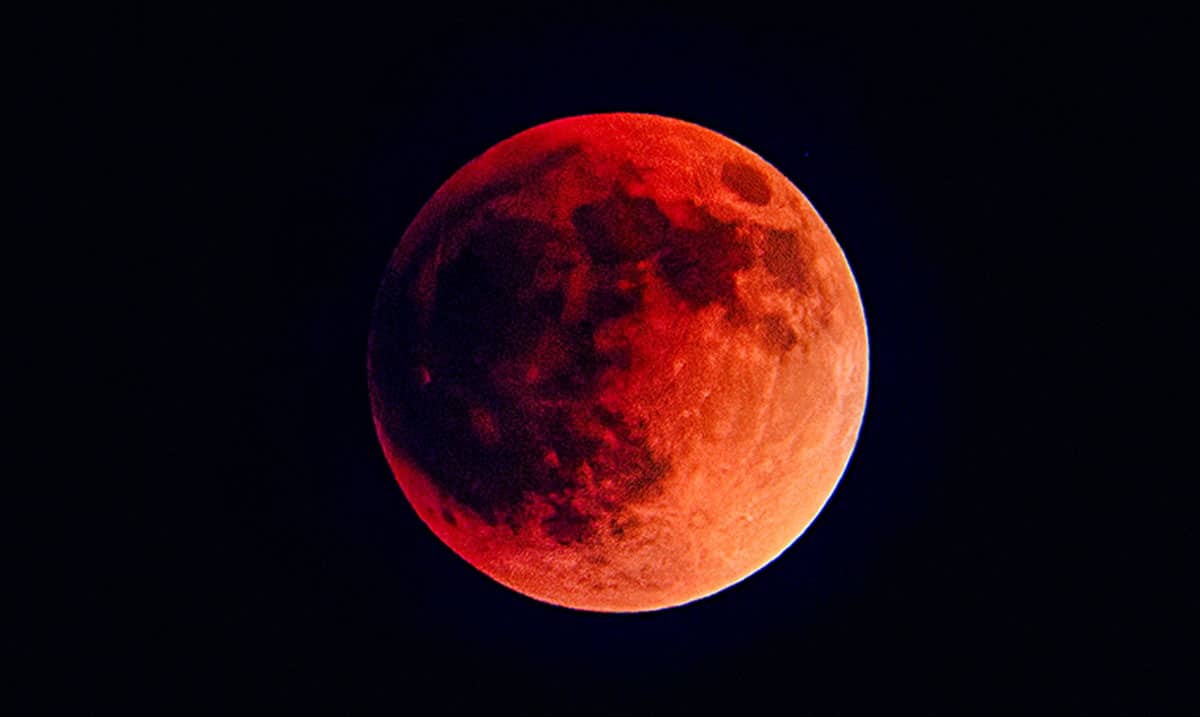It’s almost that time again: eclipse season is almost upon us. On November 8th, we will experience not only a full moon but a full moon total eclipse, and it is going to be something you do not want to miss.
For those of us in the Northern Hemisphere, the moon will enter the beginning phases of the eclipse at 3:01 am EST, and end entirely at around 8:58 AM EST. Basically, if you want to see it, you will have to get outside and look up at the sky about an hour or so before dawn, as that is the time in which the moon will be completely covered, making it appear nearly blood-red.
To ensure you don’t miss it, be sure to pay attention in the days leading up to where the moon is in the sky at around the same time. This will give you an idea of where to look when the day comes and give you enough time to prepare where you need to be to see it clearly. It’s best to find an area where the sky is clear and unblocked.
During a lunar eclipse, the moon becomes covered by Earth’s shadow and during a total eclipse, it is completely and not partially covered. Because of this, it is oftentimes called a blood moon eclipse, because the way the shadow shows over the moon can make it a deep and beautiful red color.
If you miss this one, you will not get to see another until March of next year, so be sure to get out there and get the view, if you can. If not, you should be able to view it online.
Because this event happens under the November full moon, it is known as the Beaver moon. Even better is the fact that this is a long-lasting event, lasting at around 84 minutes, which is a time that will not be beaten until 2029!

